Unpublished milestone at the junction of streets Caldeireiros and Hortinha in Vidigueira (Alentejo).
Coordinates: 38.208662,-7.800951


Unpublished milestone at the junction of streets Caldeireiros and Hortinha in Vidigueira (Alentejo).
Coordinates: 38.208662,-7.800951
Section of a Roman road paved with stone slabs linking the Iron Age settlement of Porto Manso to Douro river.


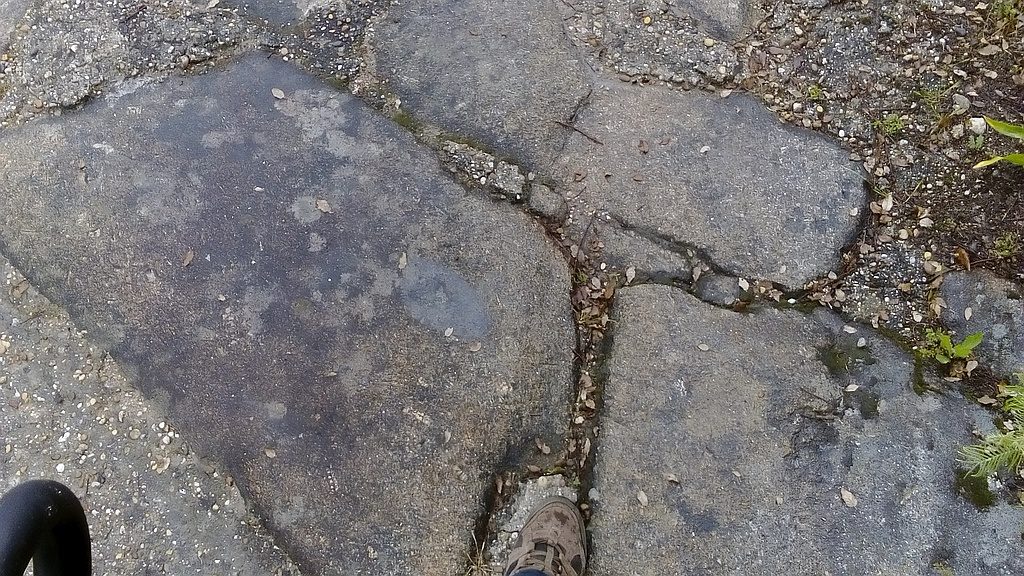

vide route here – https://viasromanas.pt/#ancede
Pictures of the Roman road linking Cale (Porto) to Vissaium (Viseu) located in the village of Escariz (Arouca). This section still holds the pavement made of stone slabs maybe from the medieval period. To access the road walk from the cross in the centre of the village.






Coordinates: 40.939497, -8.410569
Milestone in the corner of a wall of Quinta de Santa Cruz in the outskirts Mangualde featuring a niche resulting from its reuse as Christian cross. Coordinates: 40.619176,-7.758665

vide route here – https://viasromanas.pt/#moimenta_mangualde




Milestone in a central square of Oliveira de Azeméis but found in a village nearby called Úl. It marks 12 miles presumably to Langobriga (Fiães, Santa Maria da Feira). This milestone probably marked also the boarder between the civitates of Langobriga and Talabriga (next to Vouga river). Coordinates: 40.840254, -8.477716
vide route here – https://viasromanas.pt/#porto_coimbra
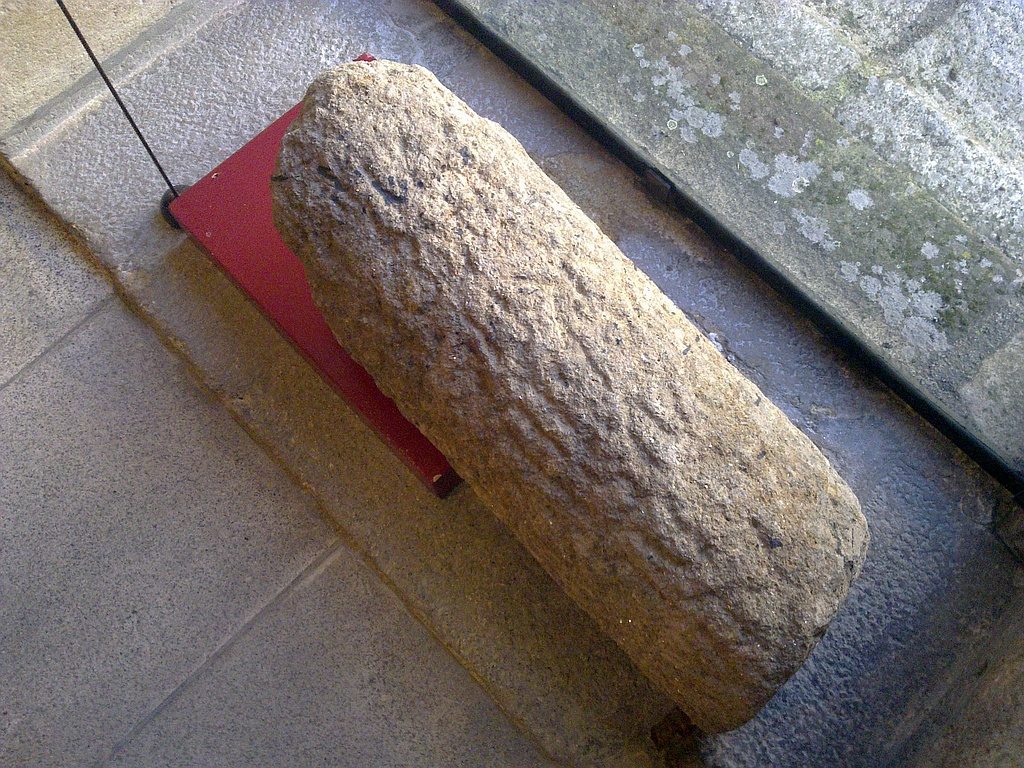


Two milestones found in a site called Barrelas close to Famalicão da Serra now on display in Guarda Museum. One is dedicated to Emperor Constantinus and the other to Emperor Tacitus still showing the 4 miles to Centum Cellae (Catraia da Torre, Belmonte)
vide route here – https://viasromanas.pt/#viseu_belmonte
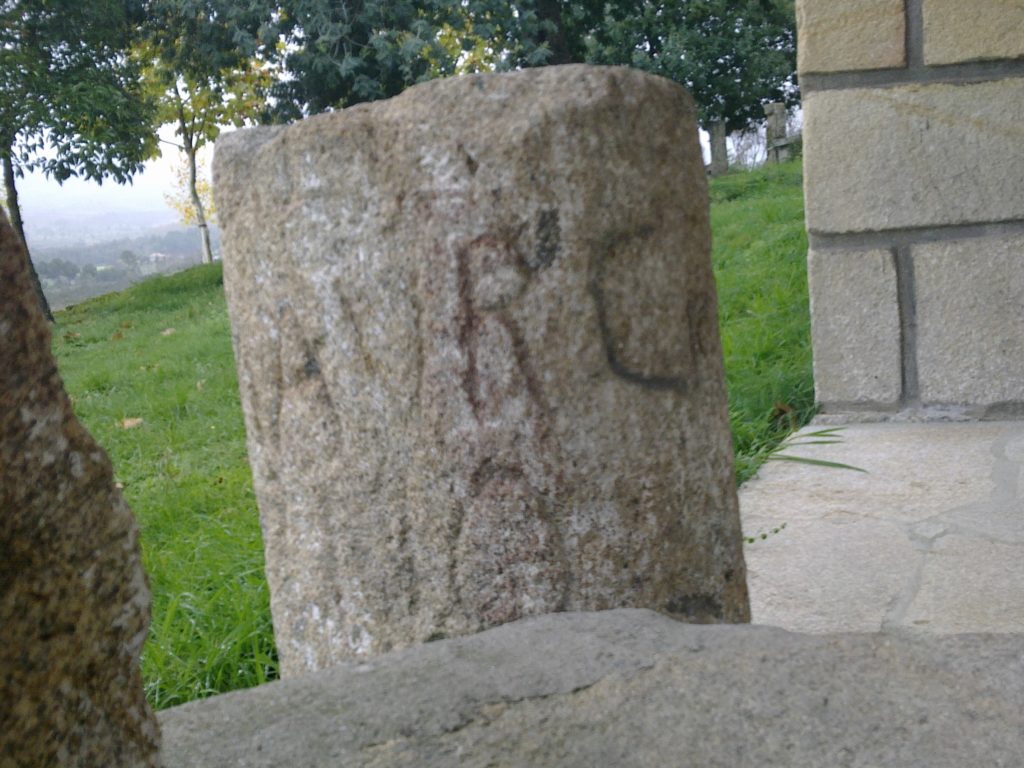
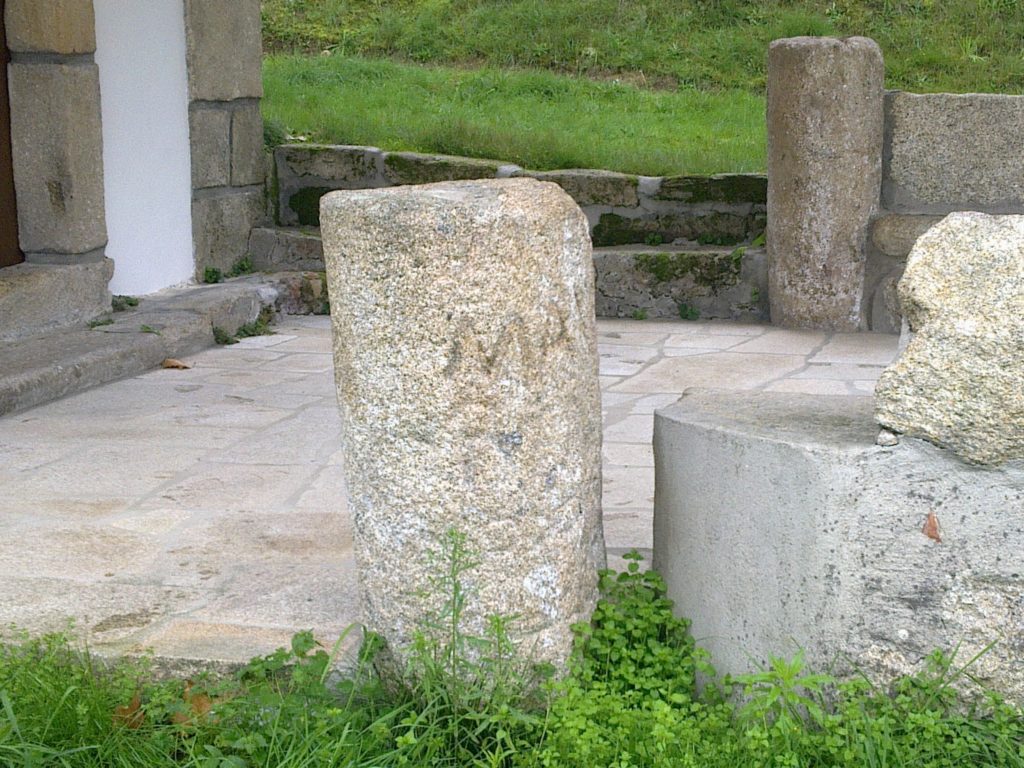


Two fragments of a milestone on yard of the Chapel of Santa Marta in Vila Frade (Chaves), close to the Spanish border. Fragment has no inscription and was probably the lower part of the milestone; Fragment 2 still has vestiges of an inscription dedicated to Marcus Aurelius Carinus that ruled the Empire from 283 to 285 AD. This Roman road coming from Aquae Flaviae (Chaves) continues through Lama de Arcos in the direction of Tameirón where another milestone was found. Coordinates: 41.807986, -7.410070
vide route here – https://viasromanas.pt/#chaves_senabria
(Originally published on November 9, 2013)


A milestone found in the village of Alcafozes (Idanha-a-Nova) (today at the «Epigraphical Museum» of Idanha-a-Velha) signals the Via Igaedis (Idanha-a-Velha) – Emerita (Mérida) that crossed the village in the direction of the Roman bridge of Segura. Besides this one, in the village there are two more cylinder-shaped stones that could be originally milestones. One was reused in a wall of the village with coordinates: 39.949778, -7.119426
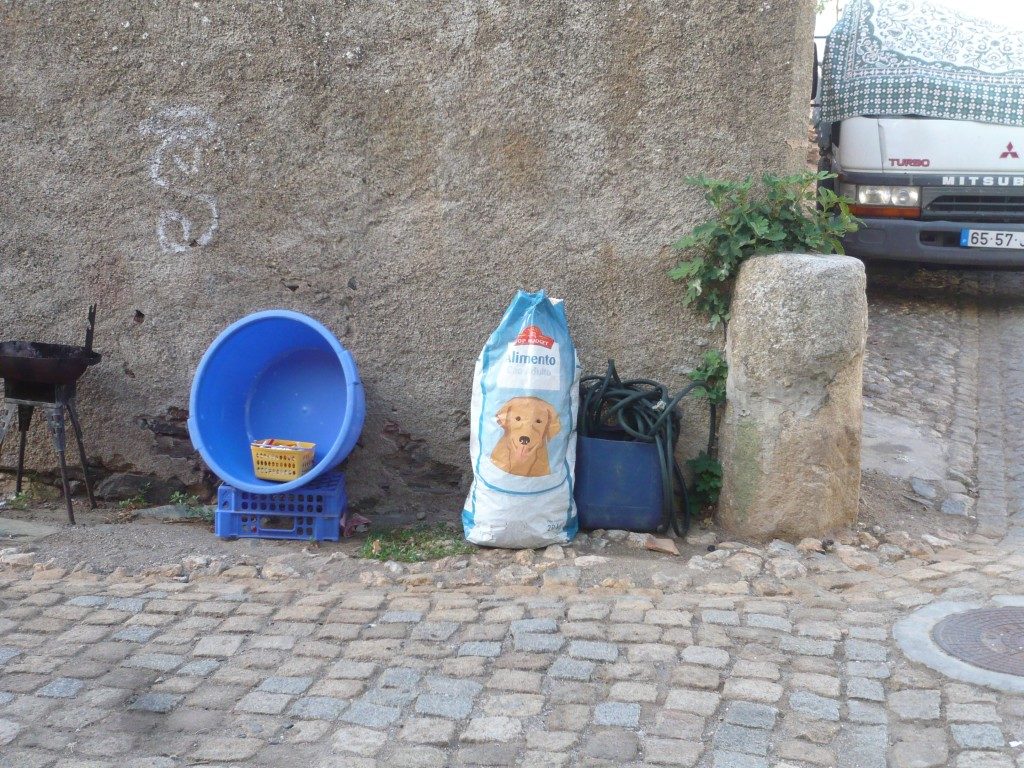

The other one is placed in the corner of a street intersection next to the Parish Church without any tace of letters; coordinates: 39.949731,-7.119369
(Originally published on November 9, 2013)
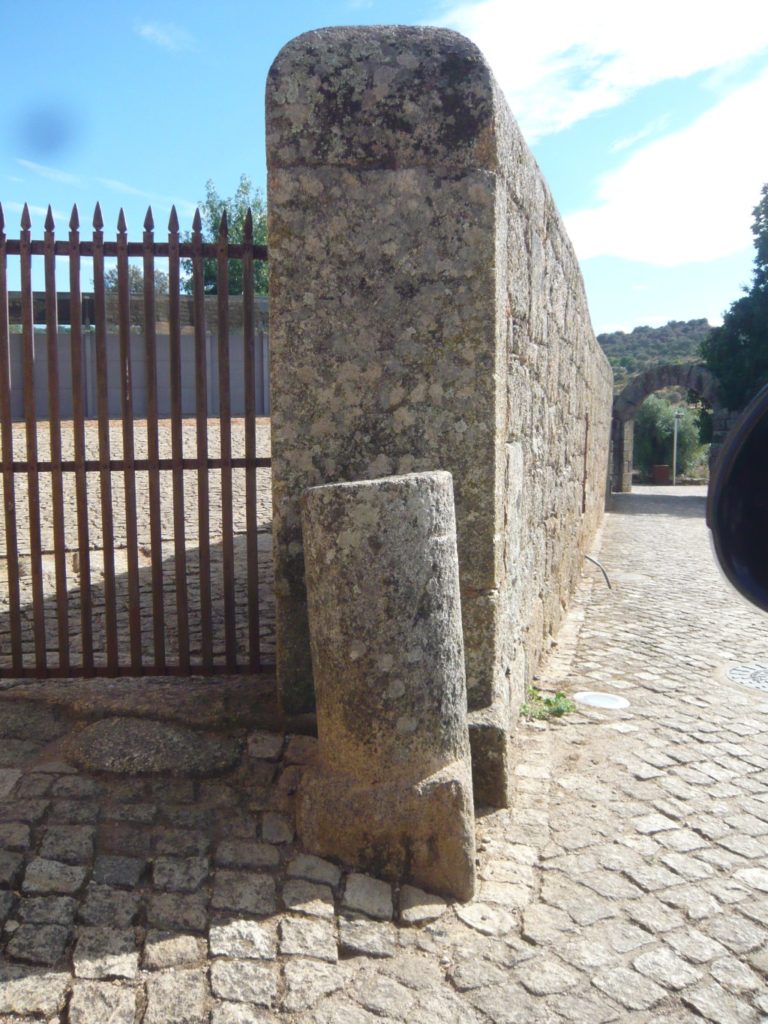

There are three milestone in the village of Idanha-a-Velha, ancient Igaedis or Igaeditana. Two at the Epigraphical Museum and both came from Alcafozes; the third milestone without inscription is placed next to the Visigothic Church at the southern gate of the ancient city.